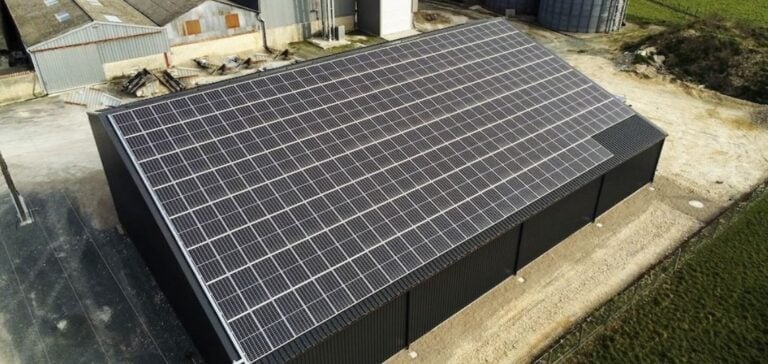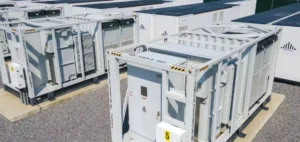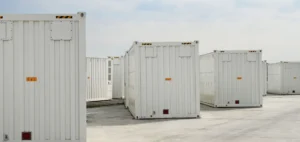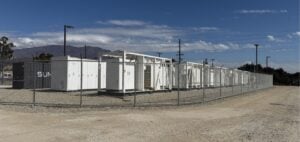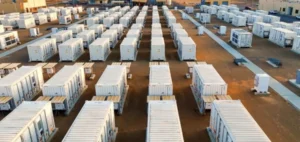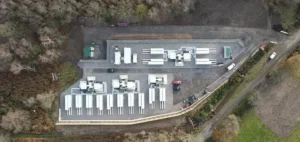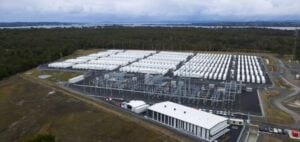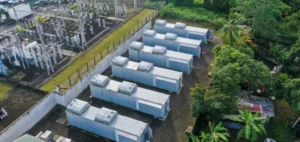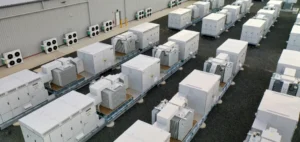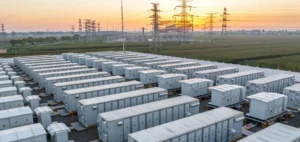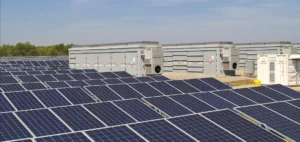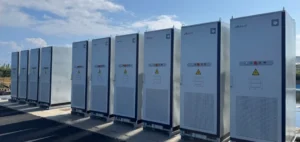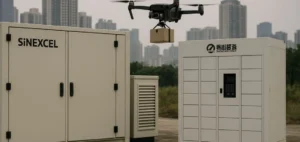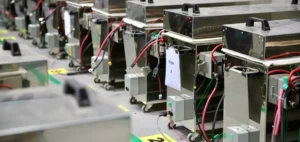Charente-Maritime is preparing to host an ambitious hybrid project on the site of the Pôle Mécanique de la Haute Saintonge. The project includes a 40-hectare photovoltaic installation and a 15 MW/30 MWh lithium battery storage system. Developed by BayWa r.e., the project aims to generate 58 million kWh annually. Enough to cover the domestic consumption of 30,000 people in a region that is also home to wind power projects.
Authorizations and administrative process
Permits for battery storage have already been granted to BayWa r.e., marking an important milestone for the project. In addition, permit applications for the photovoltaic plant were submitted to the prefecture at the beginning of March 2024. They are currently being processed. On the other hand, the duality of administrative procedures demonstrates the complexity and scope of the project.
Municipal cooperation and investment
The Communauté des Communes de la Haute-Saintonge has entrusted the development of this hybrid project to BayWa r.e. . This follows a call for expressions of interest launched in 2021. The communauté de communes and SEM Energie Midi Atlantique acquired a stake in the “Haute Saintonge Energies” project company in summer 2023. They thus become partners and co-shareholders. In addition, it demonstrates a model of collaboration between public entities and a private company to promote sustainable development.
Local implications and community acceptance
The communes of La Génétouze and Le Fouilloux also joined the capital in November 2023. This illustrates the local commitment to the project. What’s more, this direct involvement of local communities reflects their desire to support initiatives that bring long-term environmental and economic benefits.
Environmental and economic benefits
The Haute Saintonge project reduces dependence on fossil fuels and stimulates the local economy by creating jobs. It also invests in green technologies, contributing to a sustainable economy. The focus on renewable energy production and storage capacity helps stabilize the local power grid. By providing cleaner energy, this project benefits the community. Illustrating the effective integration of renewable energies, it shows how public-private partnerships can achieve environmental goals while boosting economic development. This project could serve as a model for other regions in France and Europe.


